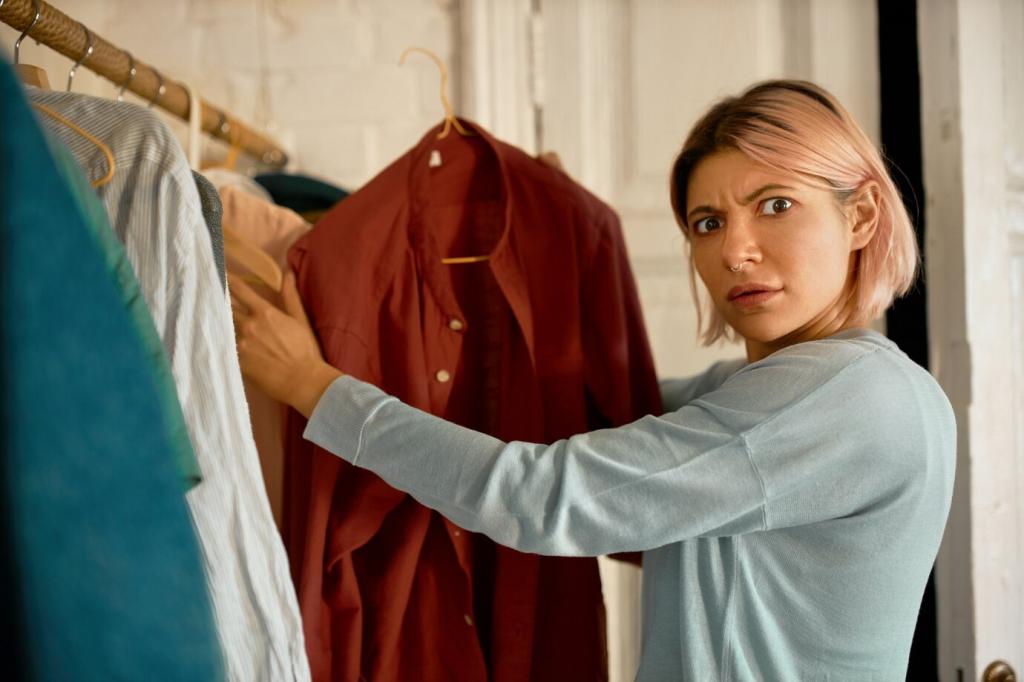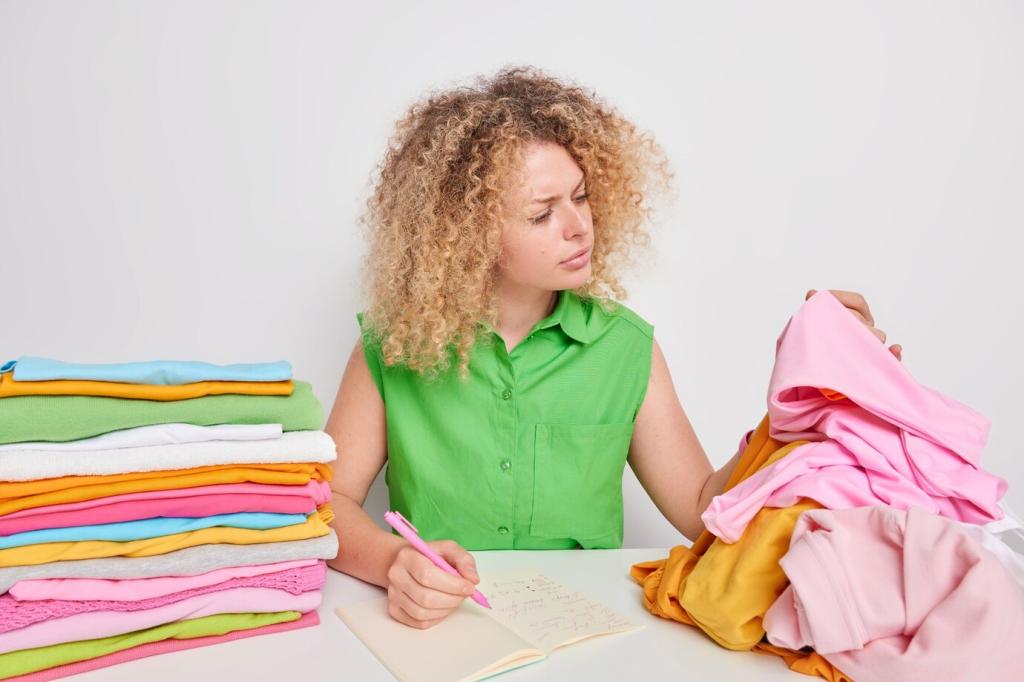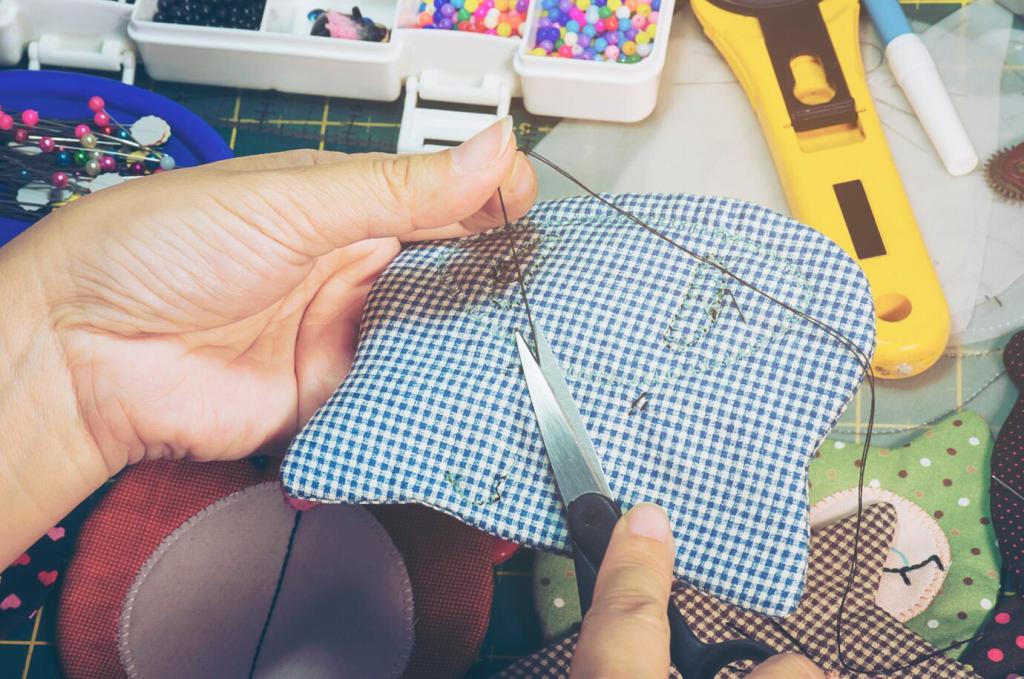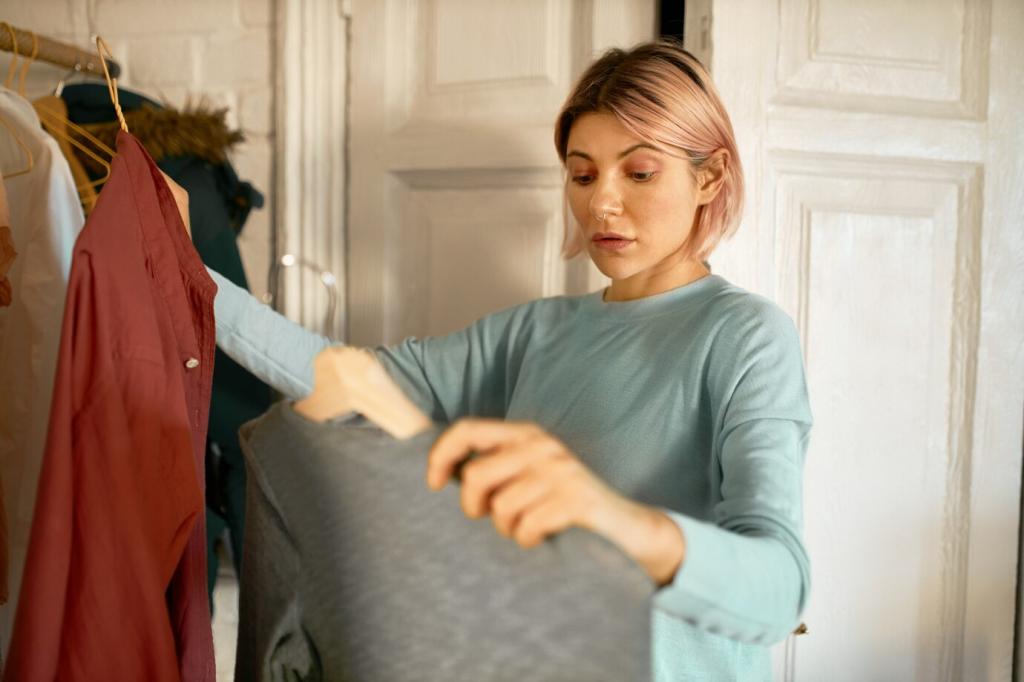Sustainable Fashion Upcycling Innovations: Turning Yesterday’s Textiles into Tomorrow’s Favorites
Theme chosen: Sustainable Fashion Upcycling Innovations. Step into a creative, hopeful space where cast-off fabrics become cherished pieces. Join our community, share your experiments, and subscribe for fresh ideas that help your style and the planet thrive together.

Why Upcycling Innovations Matter Now
From Waste Crisis to Wardrobe Opportunity
The world discards tens of millions of tons of textiles each year, much of it still usable. Upcycling rescues materials from landfills, turning surplus fabric and worn garments into unique pieces that honor resources and celebrate creative ingenuity.
The Carbon Math of Second Chances
Extending a garment’s life through upcycling can significantly reduce its carbon, water, and waste footprints. Studies suggest keeping clothing in use longer—sometimes just nine more months—can cut impacts by up to 20–30 percent, without sacrificing style.
Community Proof You Can Feel
At a neighborhood workshop, a retired tailor and a student reimagined a stained shirt into a patchwork top. They left laughing, wearing matching pockets, and promising to swap scraps again. That joy—and saved fabric—builds momentum worth sharing. Comment your local story.



Design Techniques Driving Upcycling Innovations
Break garments into modules—sleeves, panels, collars—to reassemble like puzzle pieces. Combine zero-waste layouts with mapping stains or tears into seams. Post your cutting plan snapshots, and subscribe for downloadable templates and pattern blocks adapted for upcycling.
Design Techniques Driving Upcycling Innovations
Rather than hiding repairs, celebrate them with sashiko stitching, contrast darning, or embroidered narratives. Each mend becomes a memory track. Share your favorite stitch pattern or color palette, and tag us so we can feature your repair artistry next month.


Startup Spotlights and Maker Stories
Working from three torn jeans, a teenager mapped knee holes into princess seams, turning weakness into design lines. The final jacket won a school showcase. If you have a first-time win, share your photos and lessons to encourage the next maker.


Startup Spotlights and Maker Stories
A tiny label sources retired hotel sheets, cutting crisp camp-collar shirts with contrast piping made from leftover bindings. Each label lists the textile’s past life. Would you wear one? Tell us why, and subscribe to hear when they open preorders and workshops.
Fiber-Specific Care That Respects History
Blended patchworks deserve gentle cycles, mesh bags, and air-drying to protect uneven shrinkage. Prewash contrasting colors separately. Share your care routines below, and help new makers prevent dye transfer, distortion, and heartbreak after hours of thoughtful stitching.
Repair Culture as Ongoing Design
Plan reinforcement into high-stress zones: elbows, pockets, hems. Keep matching thread and small fabric offcuts in a jar labeled for each project. Invite friends to a repair night and tell us what snacks fueled your mending momentum and storytelling.
Documentation and QR Passports
Attach a discreet QR code or note with fiber content, prior life, and care tips. This provenance builds emotional durability. If you try digital labels, share which tools worked best and whether buyers felt more connected to your upcycled pieces.
How to Start Your Upcycling Journey Today

Pull five rarely worn items and list what stops you wearing them—fit, color, damage. Prioritize pieces with salvageable fabric. Comment which garment you will transform first, and we will suggest design directions in tomorrow’s newsletter.
Scaling Impact: From Personal Hobby to Collective Movement
Partner with libraries, repair cafés, schools, and theaters to source materials and host skill shares. Invite participants to bring one item to mend. Report your event outcomes below so we can map community impact and highlight your leadership.
